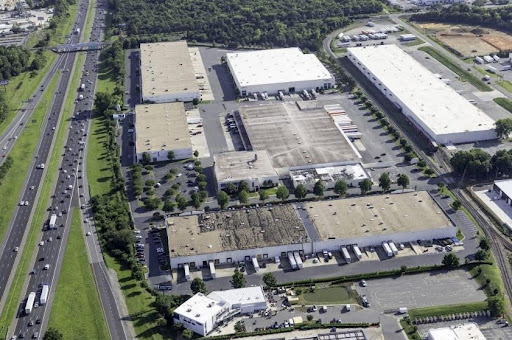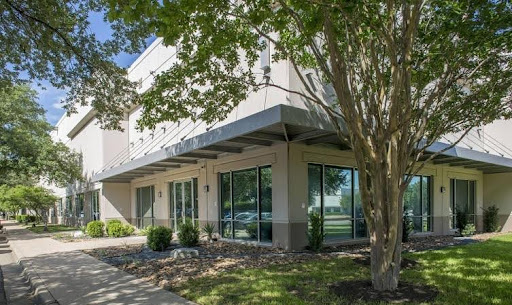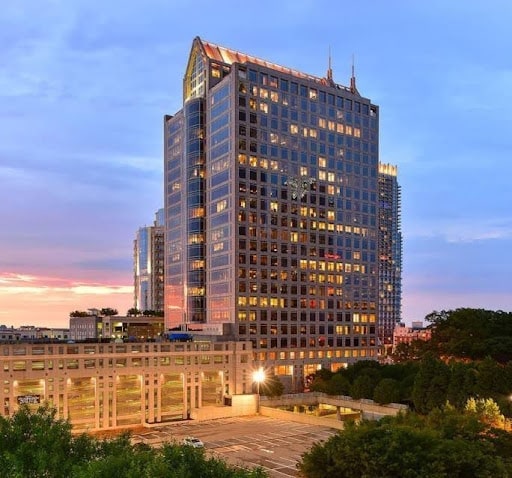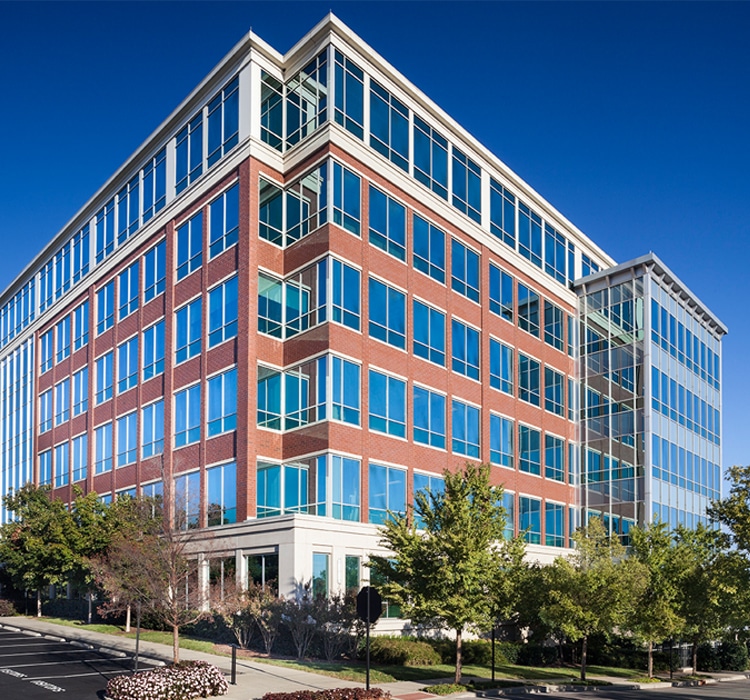News & Insights
NEWS & INSIGHTS
In The News
Commercial Property Executive
The Business Journals
All Posts
- grid
- list
All Posts
All Posts
Premier Magazine
Get insights from real estate business leaders
Created to reach commercial real estate brokers, tenants and business leaders with insightful articles relating to leasing and managing operations in today’s modern workplaces.








